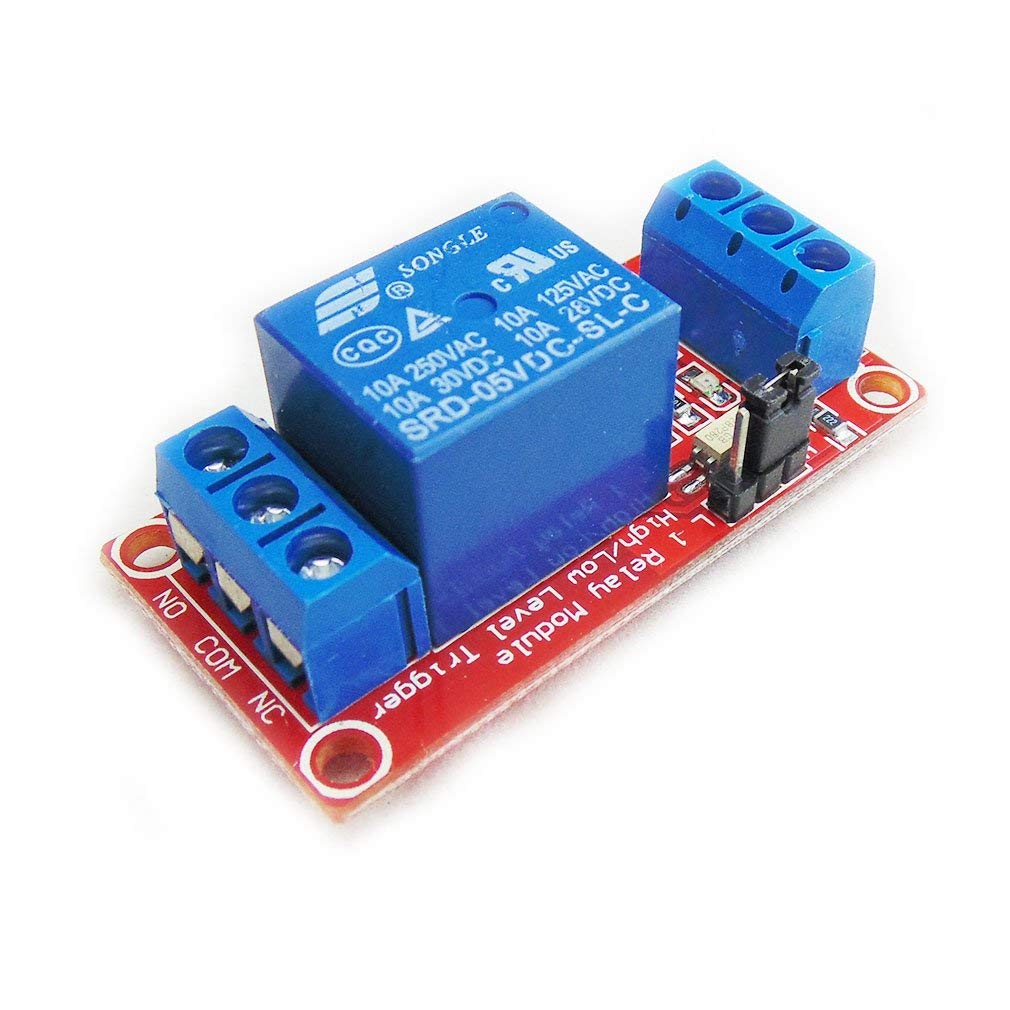





⚡ Control with confidence, isolate with style!
The HiLetgo 5V 1 Channel Relay Module offers a reliable 10A switching capacity with built-in SMD optocoupler isolation for enhanced circuit protection. Featuring selectable high or low level trigger modes, clear LED indicators, and a compact, mountable design, it’s engineered for seamless integration into your smart projects or professional automation setups.
| Connector Type | Screw |
| Contact Material | Silver Alloy |
| Contact Type | Normally Closed |
| Current Rating | 10 Amps |
| Mounting Type | Surface Mount |
| Brand | HiLetgo |
| Operation Mode | Automatic |
| Wattage | 5 Watts |
| Coil Voltage | 5 Volts |
| Contact Current Rating | 10 Amps |
| Maximum Switching Current | 10 Amps |
| Maximum Switching Voltage | 250 Volts |
| Specification Met | ma, vcc |
| UPC | 702082655948 |
| Model Number | 3-01-0340 |
| Assembly Required | No |
| Batteries Required | No |
| Batteries Included | No |
| Colour | Multicolour |
| Package Dimensions | 12.5 x 8 x 2.21 cm; 32 g |
| Item model number | 3-01-0340 |
| Manufacturer recommended age | 8 years and up |
| Manufacturer | HiLetgo |
| Country of Origin | USA |
| Item Weight | 32 g |
Trustpilot
1 day ago
1 month ago